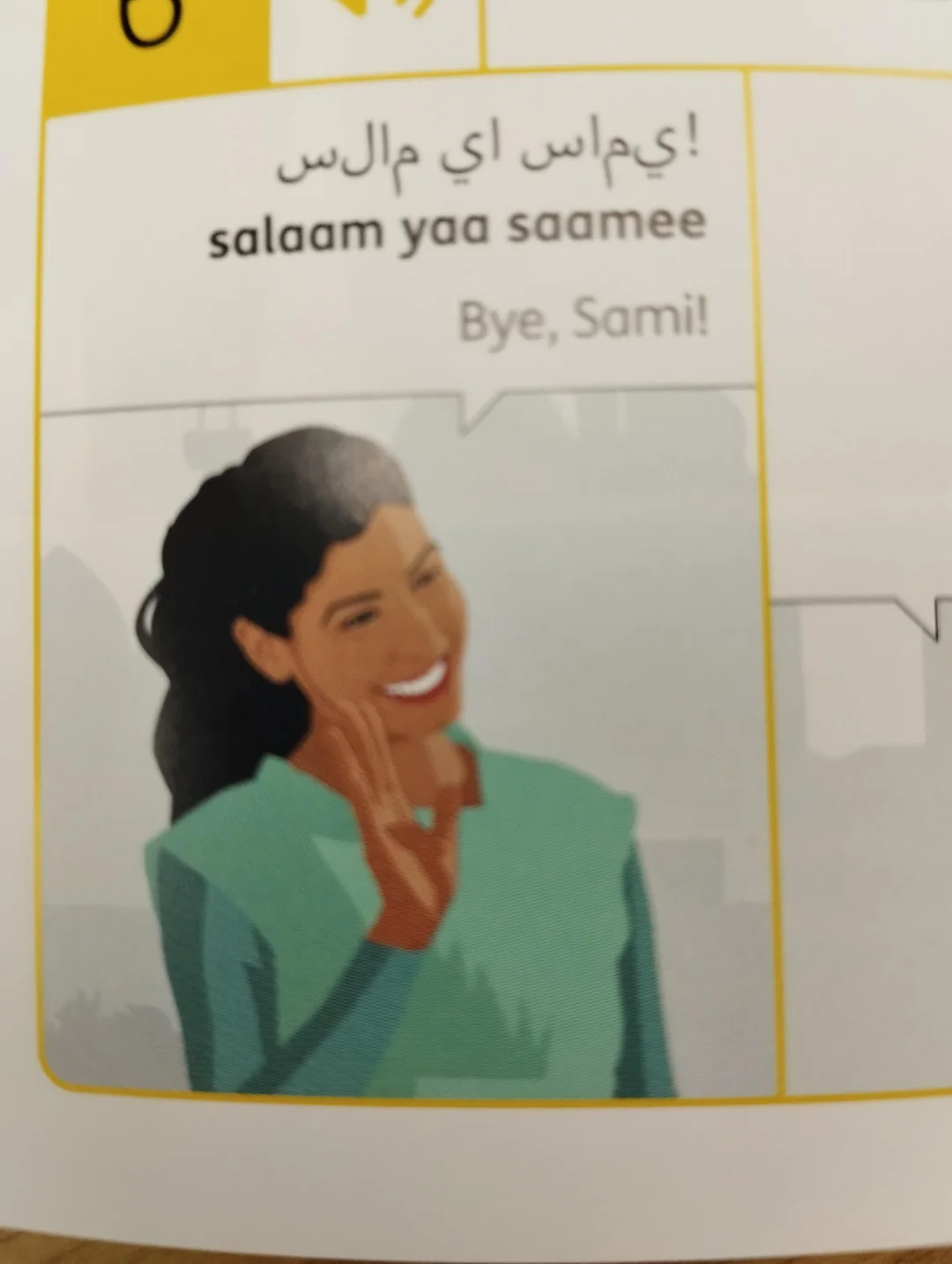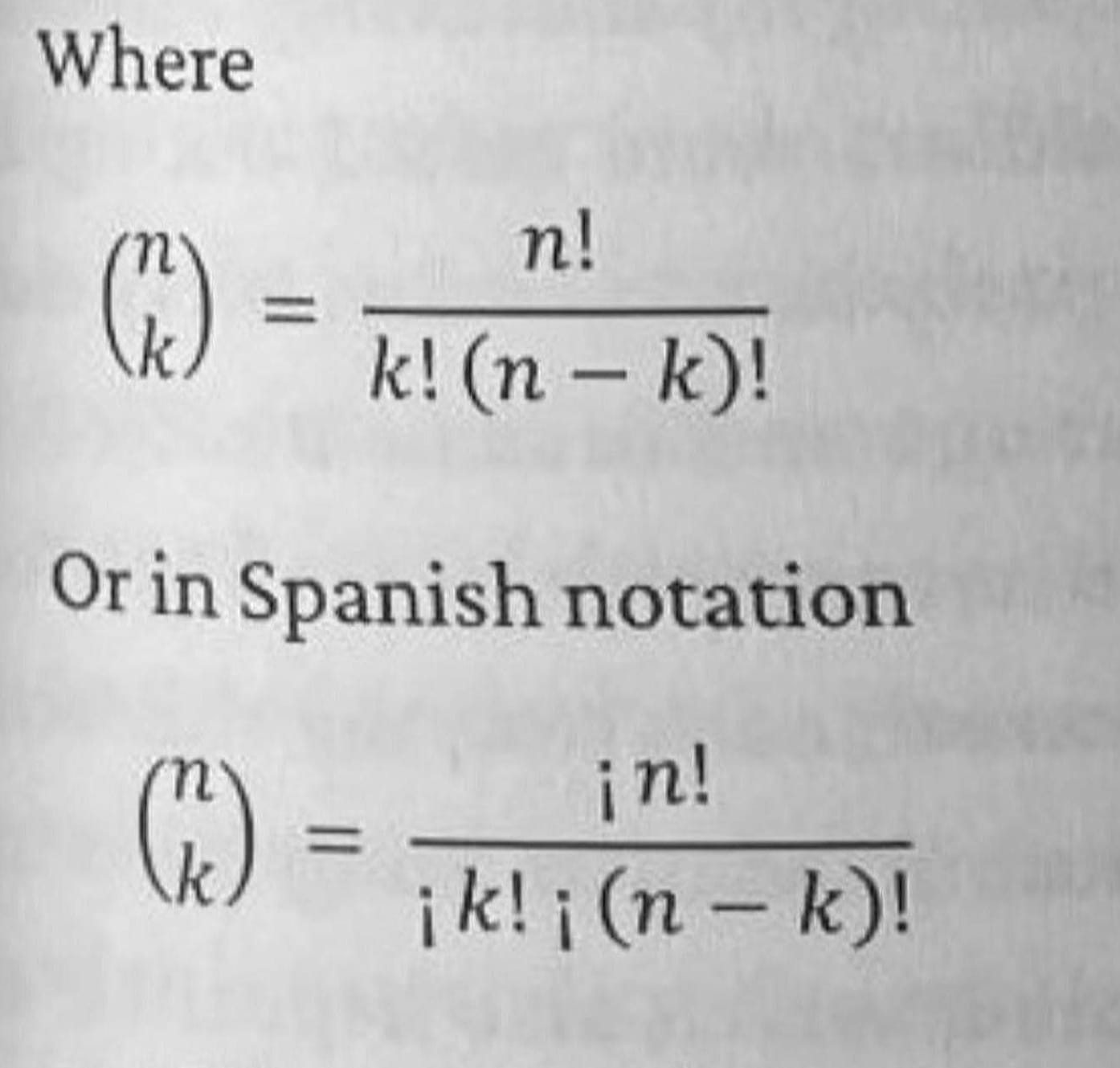:meow-fiesta: Let's learn some Arabic :meow-fiesta:
There are 28 letters in the Arabic alphabet. It’s written from right to left in cursive. There are no capital letters in Arabic.
أ ب ت ث ج ح خ د ذ ر ز س ش ص ض ط ظ ع غ ف ق ك ل م ن هـ و ي
Arabic letters have slightly different shapes depending on where they are in a word i.e. whether they stand alone or are connected to a following or preceding letter or both. We write in cursive which means we need to connect the letters, so they obviously have to adapt to their position in the word. Dw, it all makes sense, and is standardized.
Let’s take the letter "meem" م (m sound) as an example. In its independent (isolated) form it is made of a small circle, a small stroke to the left then a long downward stroke م. Now, when we wanna connect it to a letter after it, it would be quite inconvenient to do the long downward stroke then go all the way up to where the next letter starts :think-about-it: . That’s why we just drop the long downward stroke (the tail), leaving just the small circle and the short stroke to the left مـ
م + ب = مب
So م 's small circle is what we call a core, that part of the letter that distinguishes it, and can never be discarded.
Now let's look at how the letters ب ت ث behave. Remember, they all share the same ٮ shape, and so they behave the same way. The core part of that basic ٮ shape is just the initial tooth (that small vertical stroke) and ofc we still need that horizontal connecting line. The second tooth is considered the "tail", and tails get removed when there is a following letter, so that you can connect the two.
In the initial position (first letter in a word i.e. only connects to a following letter) it turns into ٮـ, ofc you need to add the appropriate dots(s) for the letter :
ب + م = بم
ت + ج = تج
In the medial position (the letter is connected to two other letters) the ب looks like this ـبـ :
م + ث + م = مثم
And in the final position (connected only to the preceding letter) they get back their tail ـٮ :
ب + ت = بت
| Final |
Medial |
Initial |
Independent / Isolated |
| ـب |
ـبـ |
بـ |
ب |
| ـت |
ـتـ |
تـ |
ت |
| ـث |
ـثـ |
ثـ |
ث |
| ـم |
ـمـ |
مـ |
م |
Regarding positions
Independent / Isolated means just that, the letter is not connected to anything.
Initial means the letter is not connected to a preceding letter.
Medial means the letter is between two other letters.
Final means the letter is connected to a preceding letter only.
pronunciation examples for م
Now let’s look at these letters س ش ص ض :wtf-am-i-reading: they all have that curved part at the end, and since they all have it, it doesn't help us tell them apart i.e. it is not part of the core, it's the tail. The core is سـ شـ صـ ضـ
After removing the redundant tail, you can still tell them apart, right?
س + ب + ص = سبص
م + س + ت + ض = مستض
In these 2 examples, ص is the final letter, so it gets to keep its tail because there is no reason to remove it. We’d only remove that tail if there was a following letter that wants to connect to the ص, e.g. سبصت
| Final |
Medial |
Initial |
Independent / Isolated |
| ـس |
ـسـ |
سـ |
س |
| ـش |
ـشـ |
شـ |
ش |
| ـص |
ـصـ |
صـ |
ص |
| ـض |
ـضـ |
ضـ |
ض |
Choose the correct answer:
Use spoilers
ب + ض + م + ش = ؟
1) بضشم
2) شمضت
3) بضمش
س + ش + ث + م = ؟
1) سثشم
2) ٮشثم
3) سشثم
Did you know that the Arabic script is "the second-most widely used alphabetic writing system in the world". Name 4 languages that use the Arabic script :very-smart: Also, what do you think of the script now?
Previous Lessons
1st
2nd
Check the comments for a complete chart of letter shapes.

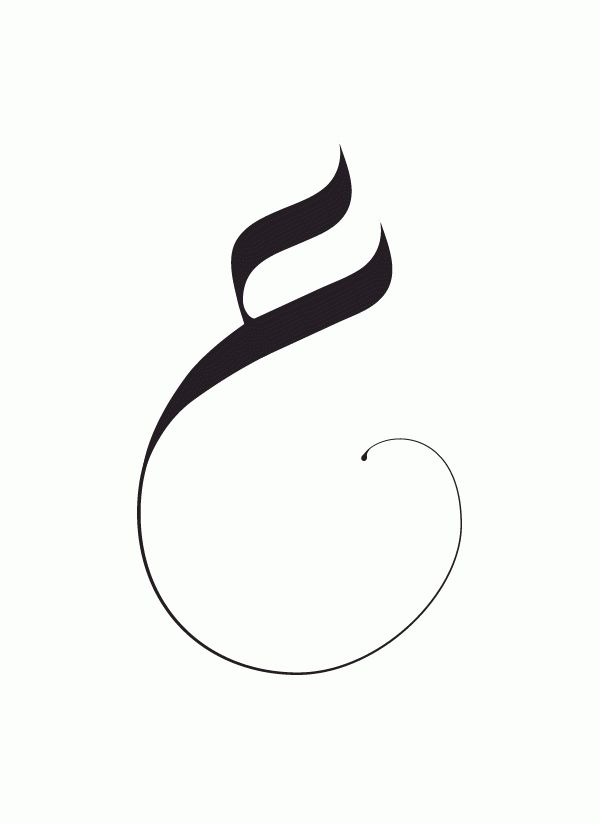
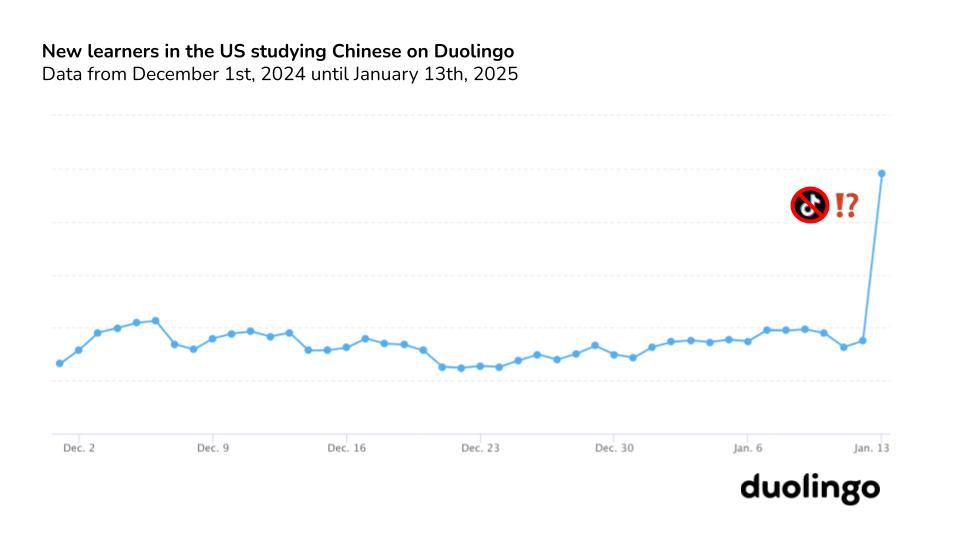
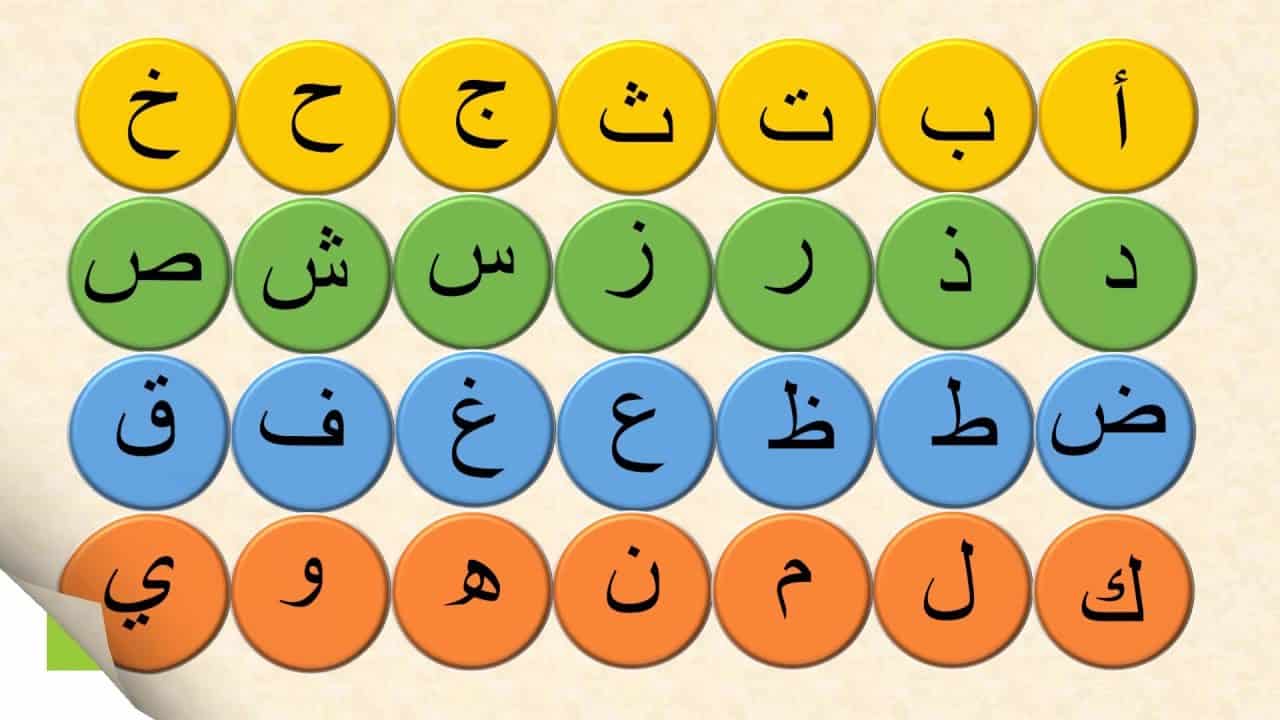
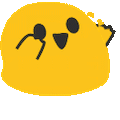 Yalla, let's learn some Arabic
Yalla, let's learn some Arabic 
